Search result
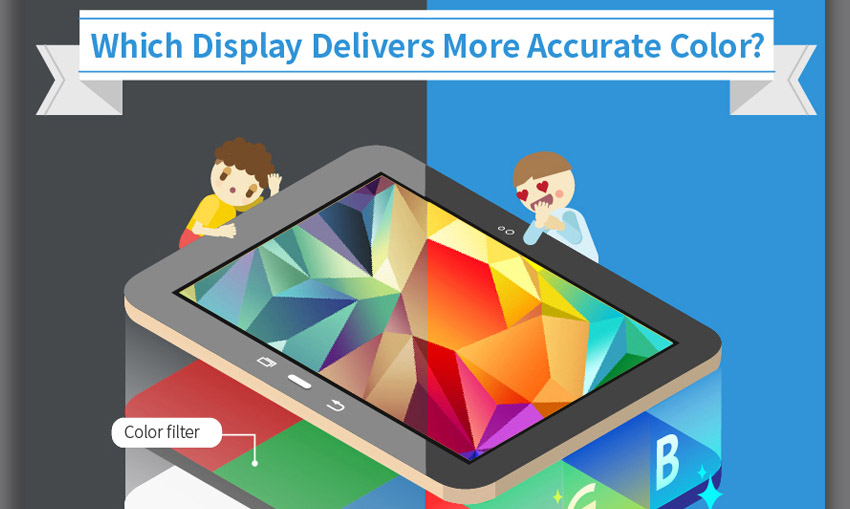
Samsung's been advocating the benefits of AMOLED displays for years, but it's doing it more frequently lately because it recently released its Galaxy Tab S 10.5 and Galaxy Tab S 8.4, the world's first high-res Super AMOLED tablets.
Without going into technical details, Samsung posted an infographic that shows why Super AMOLED screens are better than the LCD ones. Among the listed reasons you'll find a higher contrast ratio, wider viewing angles, and more accurate colors. Check the Infographic below.

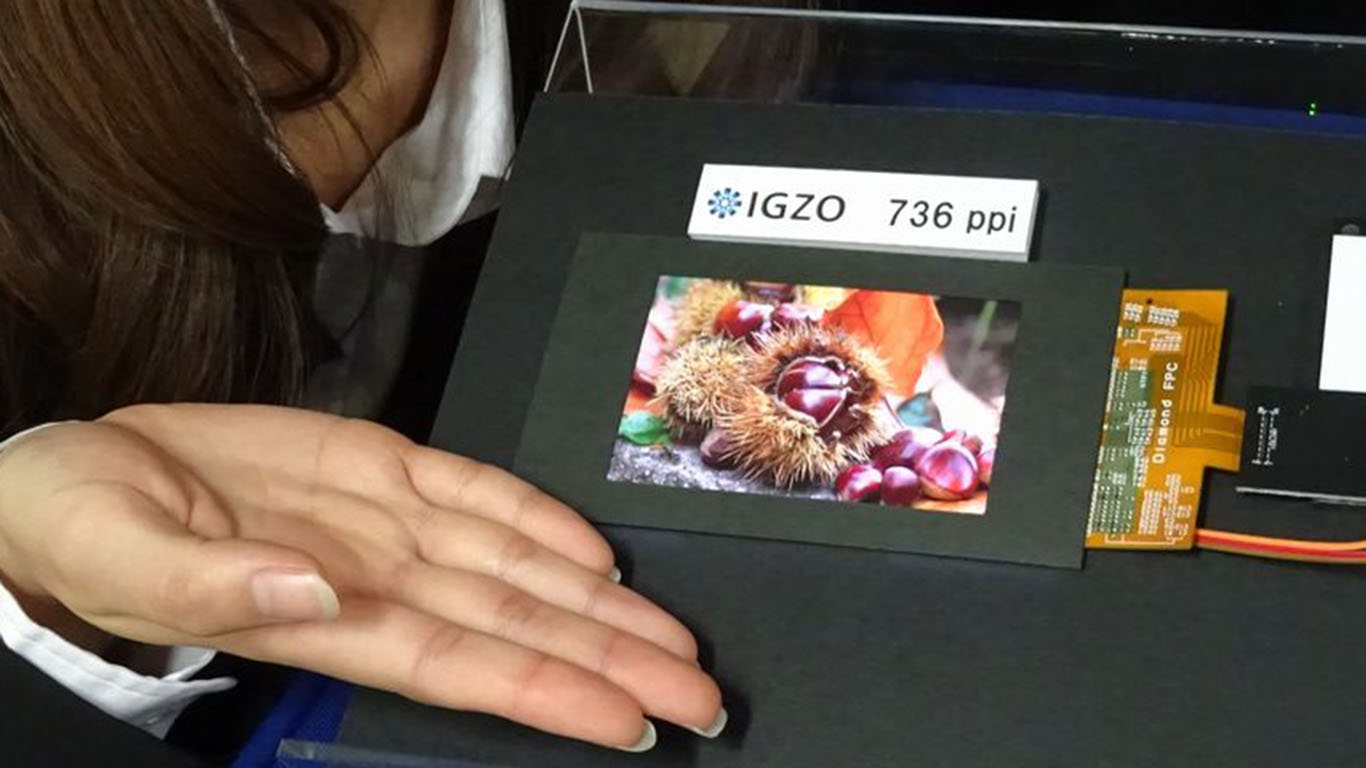
Sharp revealed a new amazing dsiplay, a 4.1-inch IGZO LCD display with a 4K resolution. Such high resolution on a display this size results in the barely believable pixel density of 736ppi almost close to a 1000ppi.
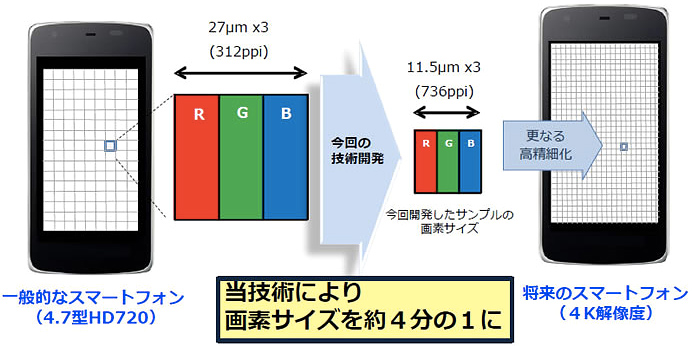
Sharp has pulled off the mind-boggling pixel density by utilizing smaller, 11.5µm pixels. Naturally, having such minuscule pixels allows manufacturers to fit more of them in a display panel. Sharp aims to start mass producing its latest display in 2016.
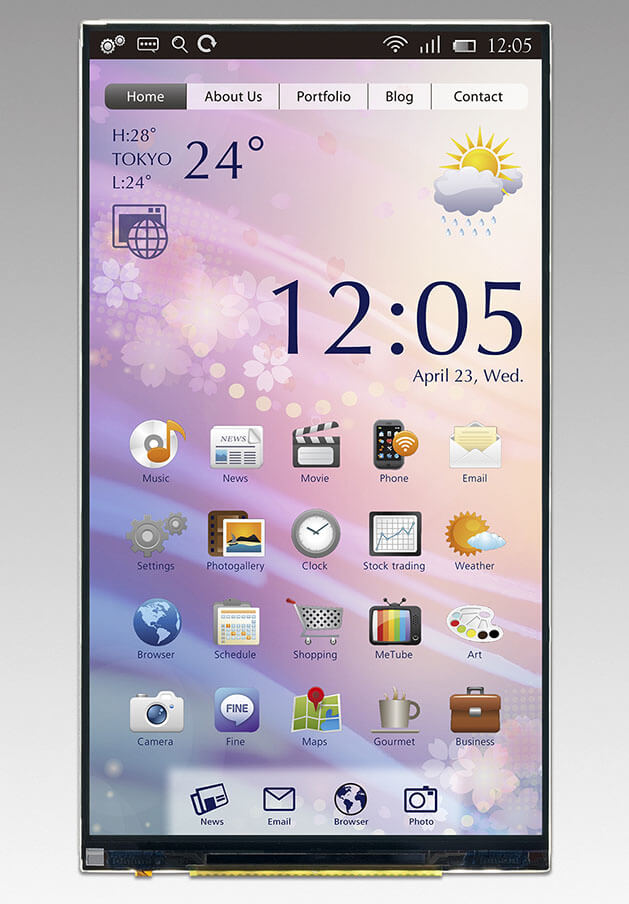
The LCD technology is endless, Japan Display Inc. took the wraps off a new WQHD (2560 x 1440 pixels) LCD display with in-cell touch integration. The high-end component is the first of its kind to enter mass production.
The newcomer will have a diagonal larger than five inches. It incorporates in-cell touch used in JDI's "Pixel Eyes" technology. In-cell touch integration has been difficult to incorporate in high-resolution displays, so the new LCD panel is quite an engineering feat.
Viewing angles of the display will be larger than 160 degrees. Its surface luminance and NTSC ratio are 500cd/m2 and 85% respectively. The unit's contrast ratio is 1500:1. We should see this display in devices starting this year.
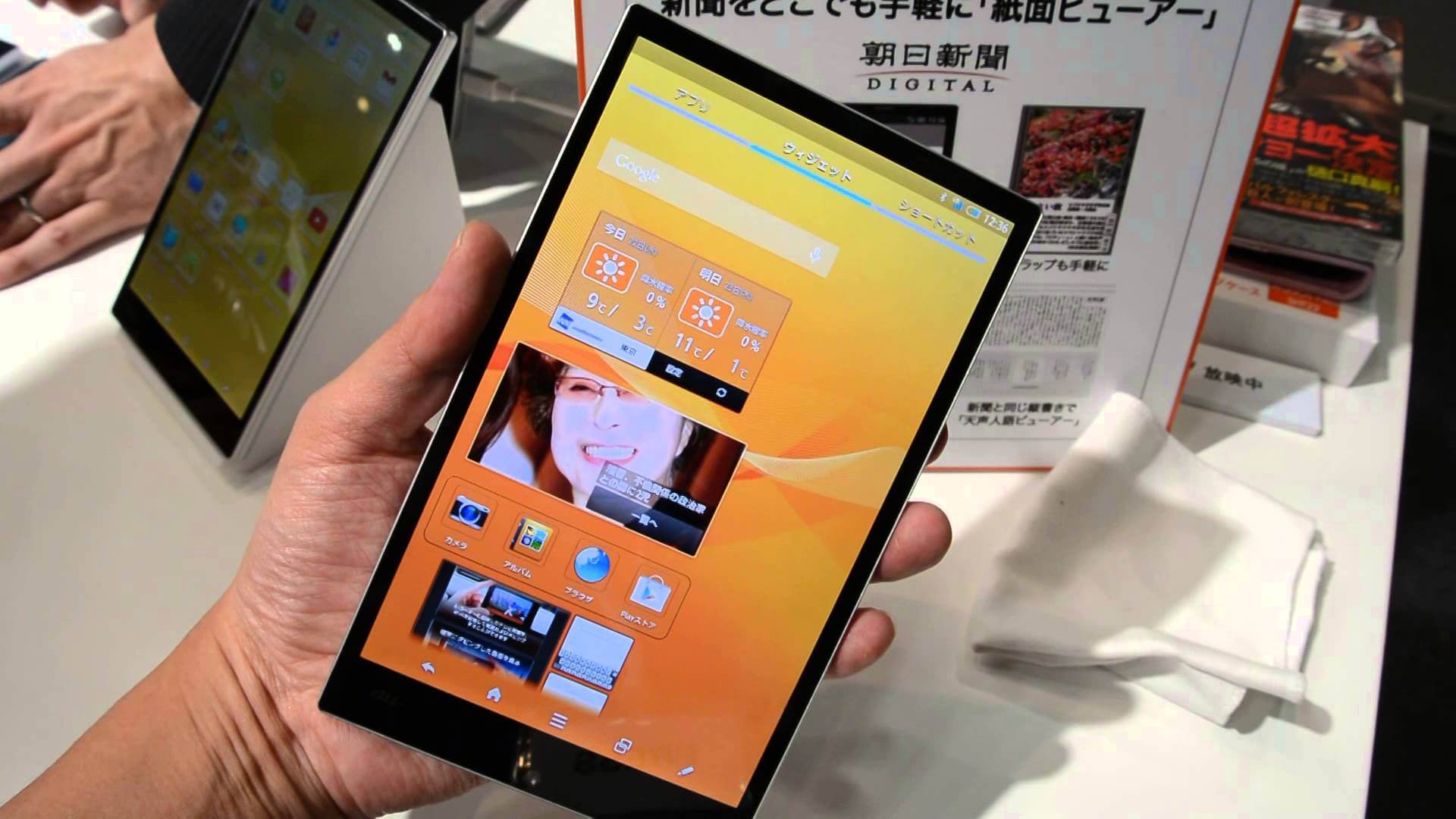
Mobile phones are on the verge of breaking yet another pixel density record as Sharp just announced its first 4K mobile display. The 5.5" panel has a 4K resolution of 3860 x 2160 pixels for the insane density of 806ppi (the Highest in the world, so far).
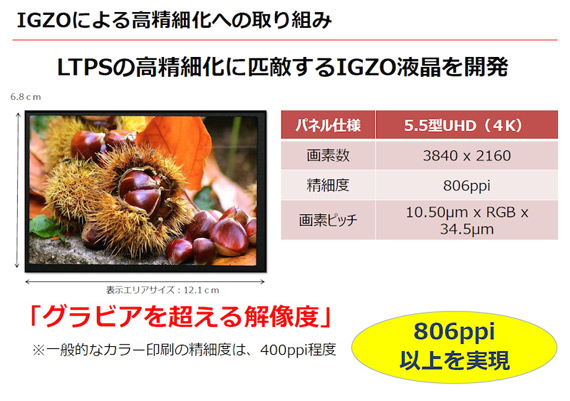
The IGZO screen utilizes a conventional RGB matrix, meaning there aren't going to be any issues with sub-pixel rendering. Not that those were very likely given the density of the panel.
Unfortunately mass production of the panel is proving to be tricky and Sharp doesn't expect to be able to achieve it before sometime in 2016. So if you are very eager to try out the new super sharp tech you will have to wait for at least another year.
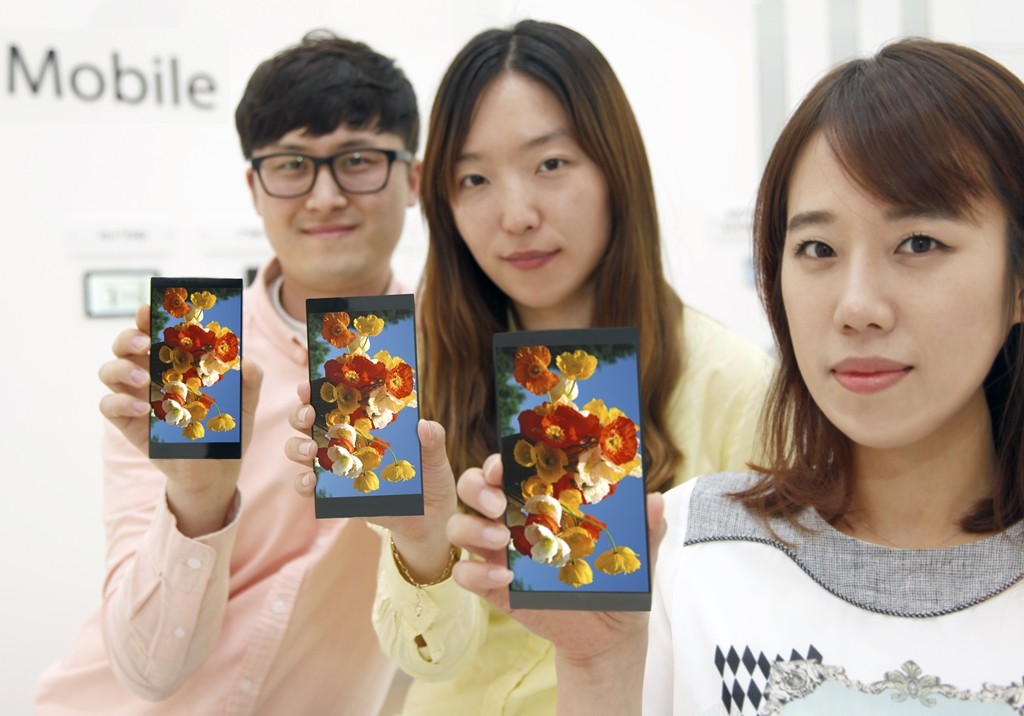
LG announced that its upcoming flagship LG G4 is launching on April,28th.
Today, The Korean company has showed us a 5.5-inch QHD LCD panel that will be included inside the upcoming flagship. LG has also announced that they achieved a "quantum jump" in color gamut and brightness with this new panel that also consumes less power, is incredibly thin, and shows improved touch function.
The display, at a QHD resolution of 2560×1440 carries a pixel density of 538ppi. The new panel also adds Advanced In-Cell Touch that allows it to react to touches, even with water on it. Finally, it should show even more accurate colors over last year's QHD panel with a 120% color gamut, 50% increase in contrast, and 30% bump in brightness.

AMOLED panels are superior to LCD panels in color reproduction, brightness, contrast, saturation and power efficiency. This might raise the question, why AMOLED panels are not used more widely then? The answer "used to be" that AMOLED displays are more expensive to make compared to LCD panels. This however, is not a valid answer anymore because the manufacturing cost of an AMOLED panel has now fallen below even that of an LCD.
According to reports from IHS Technology, production costs for AMOLED panels have become lesser than even the LCD in just twenty-four months time and even that was predicted roughly two years ago by experts! As things stand now in Q1 2016, a 5" FHD AMOLED display designed for smartphones should cost around $14.30 to manufacture. The same 5" FHD LTPS LCD panel on the other hand is manufactured at a cost of $14.60 apparently. Once you consider an older piece of data which shows that the same AMOLED panel would cost the manufacturer $17.10 to make in 2015, while the LCD panel was only slightly more expensive at $15.70, things start to look a lot more impressive.
Keep in mind that the LTPS LCD (low Temperature Poly-Silicon Liquid Crystal Display) mentioned is the same one that is widely used and considered as the most efficient version of the LCD technology. It seems that the days of the LCD are numbered as smartphone displays will most likely soon be dominated by the mighty AMOLED now.
© 2023 YouMobile Inc. All rights reserved






